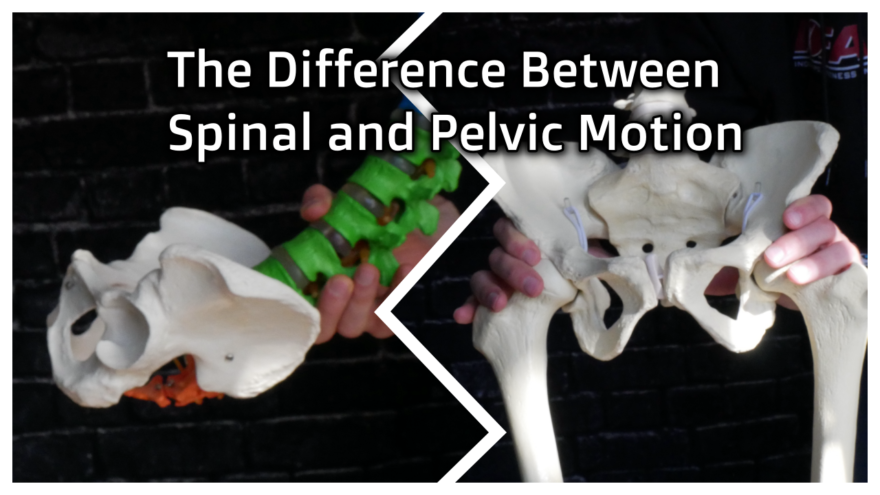Category: All Things Rehab
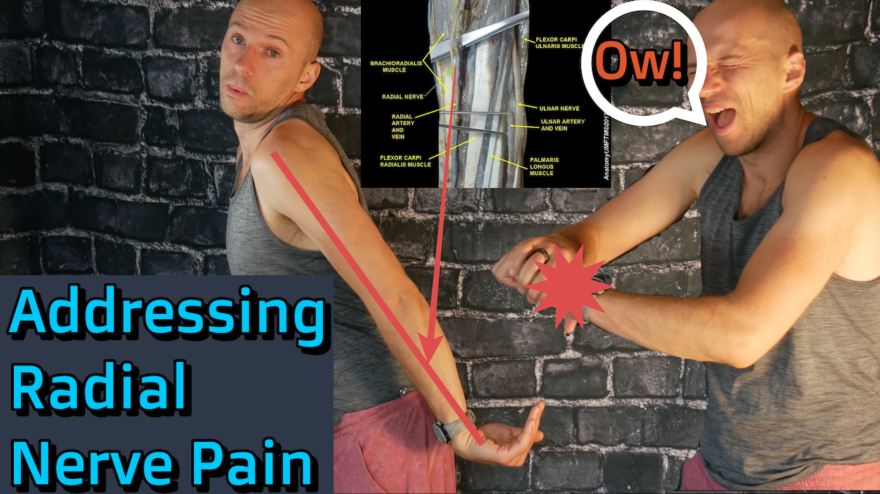
Fixing Radial Nerve Pain in Weight Bearing
Ever get pain going down the outside of your arm when you are weight-bearing? Numbness, tingling, the whole shebang? If…
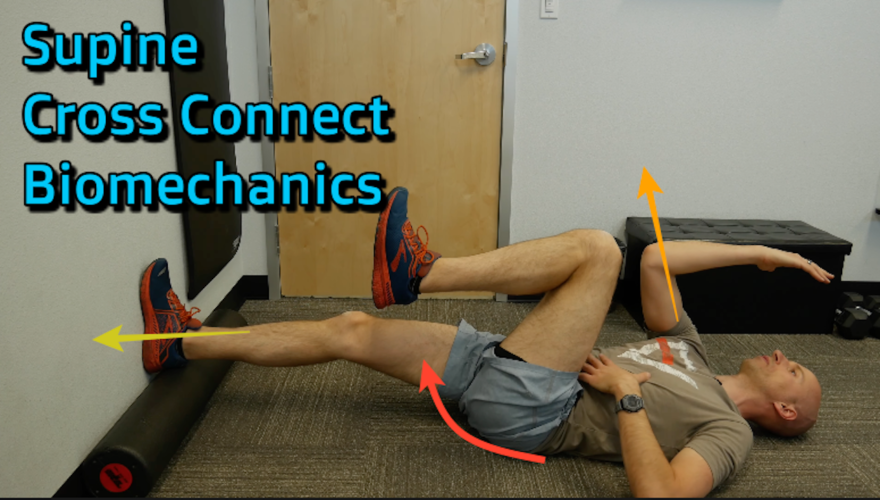
Supine Cross Connect Biomechanics
The supine cross-connect has been one of my favorite moves that I’ve been using lately (kudos to Bill Hartman for…
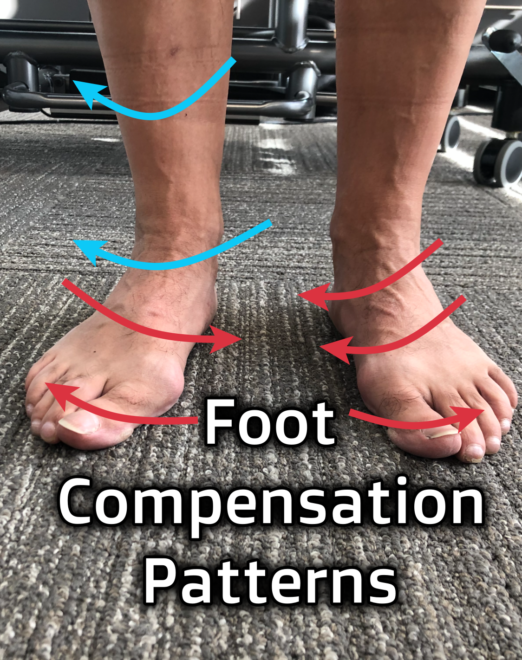
Foot Compensation Patterns
If you are struggling with getting feet to move the way you need to, or have bunions, or anything foot,…
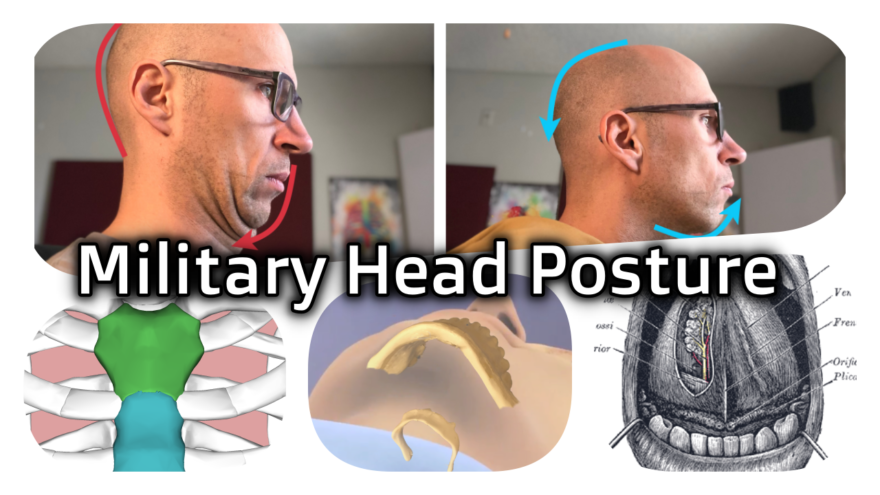
Military Head Posture
If you have a military head posture, double chins, and aren’t sleeping like a boss, you mos def gotta check…
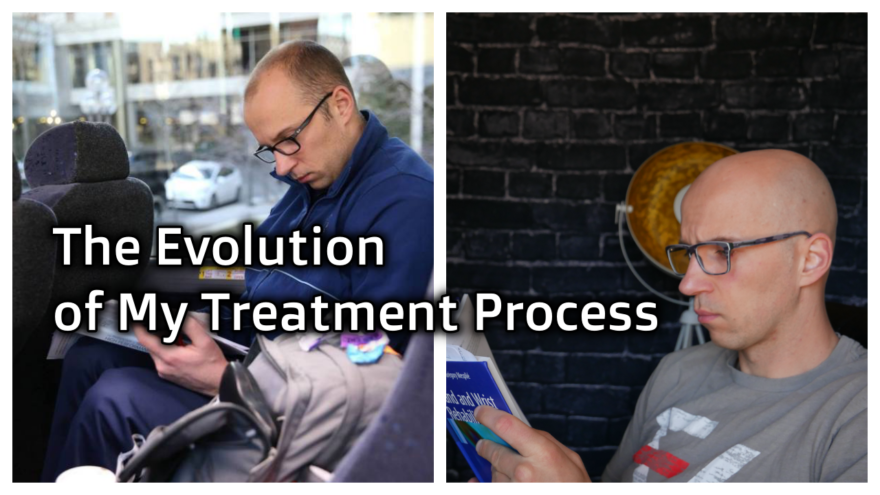
The Evolution of My Treatment Process
What has changed in my treatment model? If you aren’t getting better, you are getting worse, so how has your…
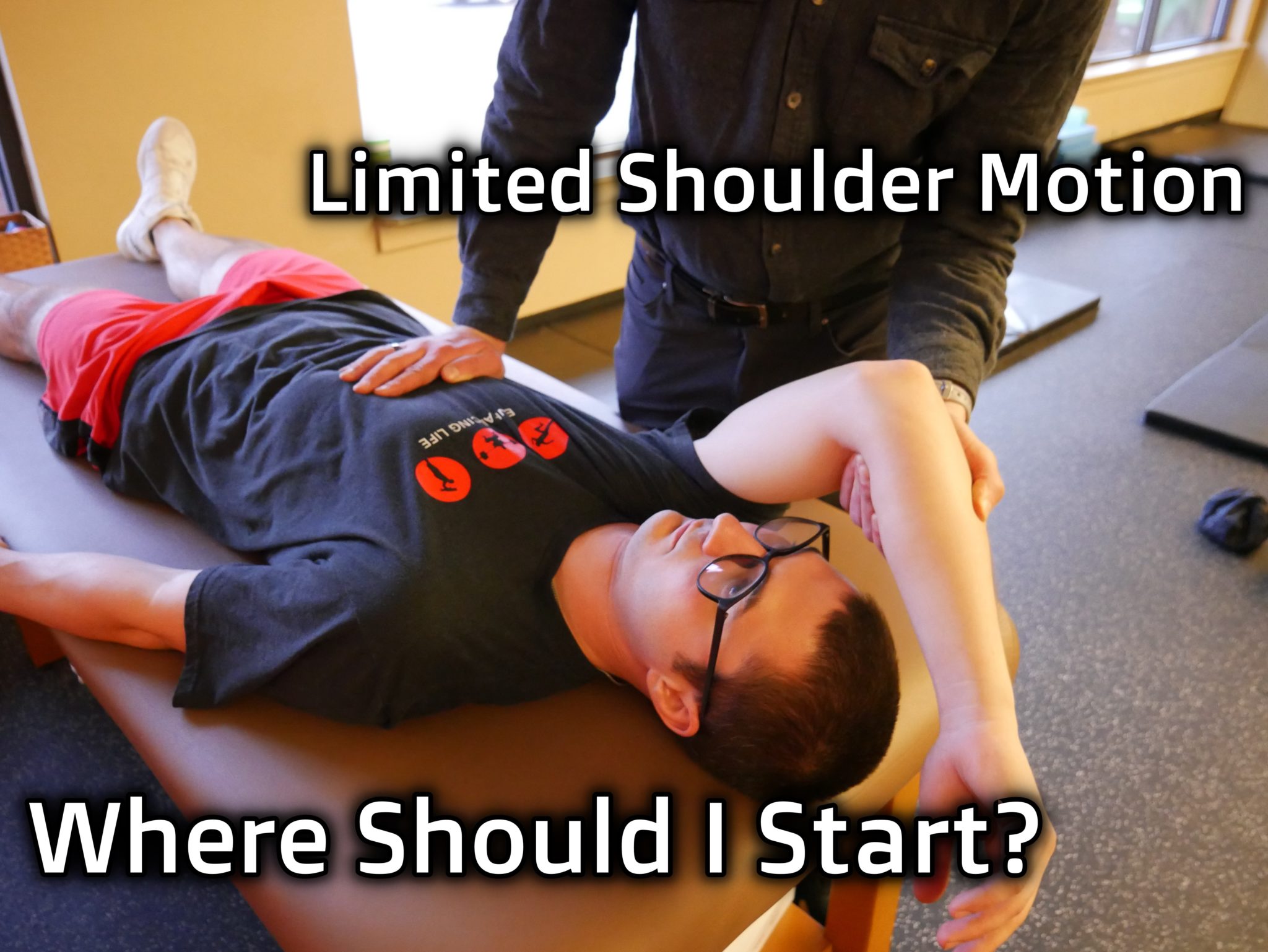
Limited Shoulder Motion, Where Should I Start?
You have someone who is limited with several different shoulder mobility measures, which should you tackle first? Find out in…
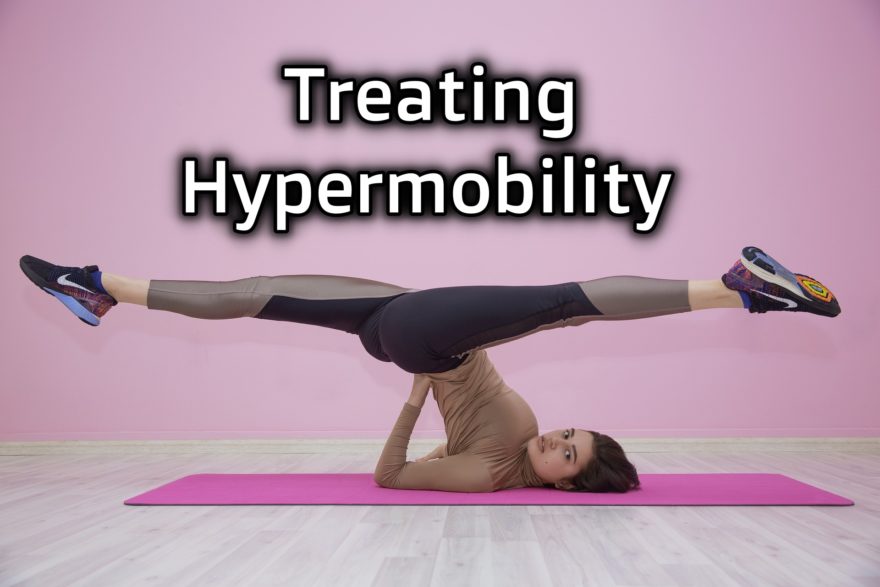
Treating Hypermobility
Struggle helping really flexible clients? Let’s ease the burden with this post.

Lower Cervical Rotation
If you can’t rotate your neck, this is the post to peep.

Pelvic Gait Mechanics
A deep dive into gait mechanics with a pelvic focus. Learn what normal is, and how to assess deficits.

The Student Loan Problem
If you are struggling with student loans, let this be your guide to debt freedom

Manual Therapy
Does manual therapy have a place? Manual therapy is one of the more polarizing topics in the movement world, and…
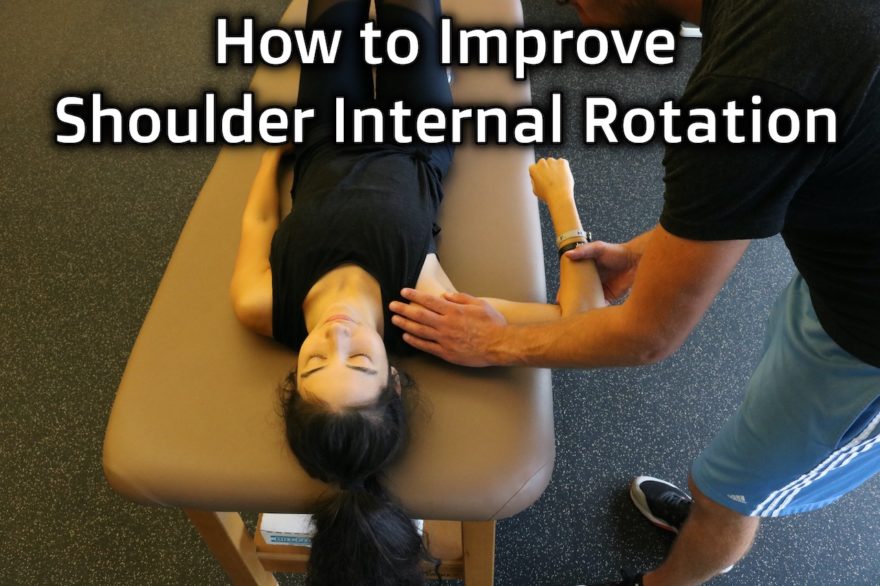
How to Improve Shoulder Internal Rotation
If you’ve been told you have GIRD, a forward head posture, or you slouch with reckless abandon, then i would…
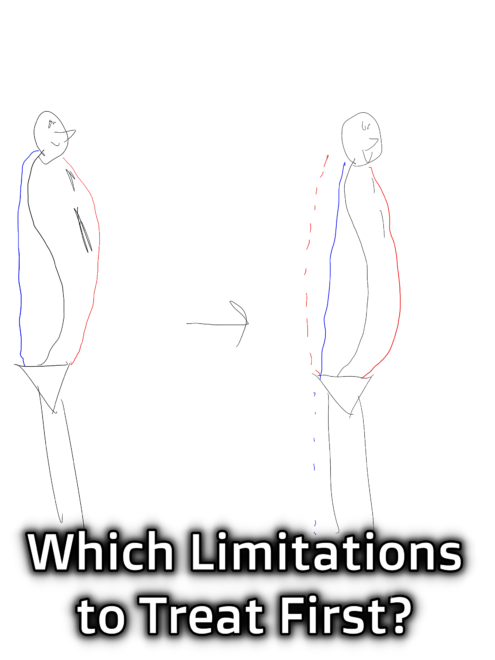
Which Limitations to Treat First?
So you have all these limitations you’ve found. You may inevitably ask yourself: Uhh…where do I start, fam!?!? This post…
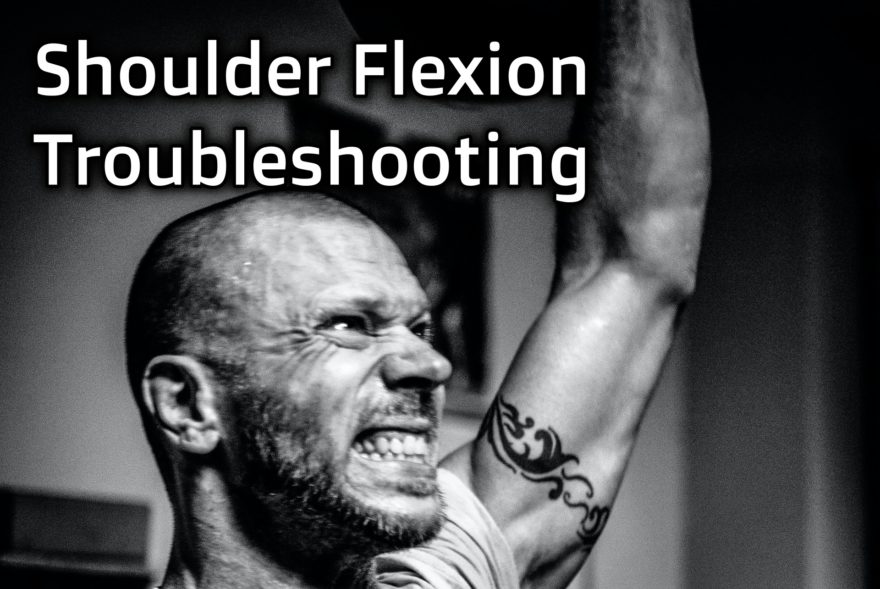
Shoulder Flexion Troubleshooting
Can’t get overhead? Let’s figure out how! If you can raise your arm fully overhead WITHOUT compensating, don’t read any…

